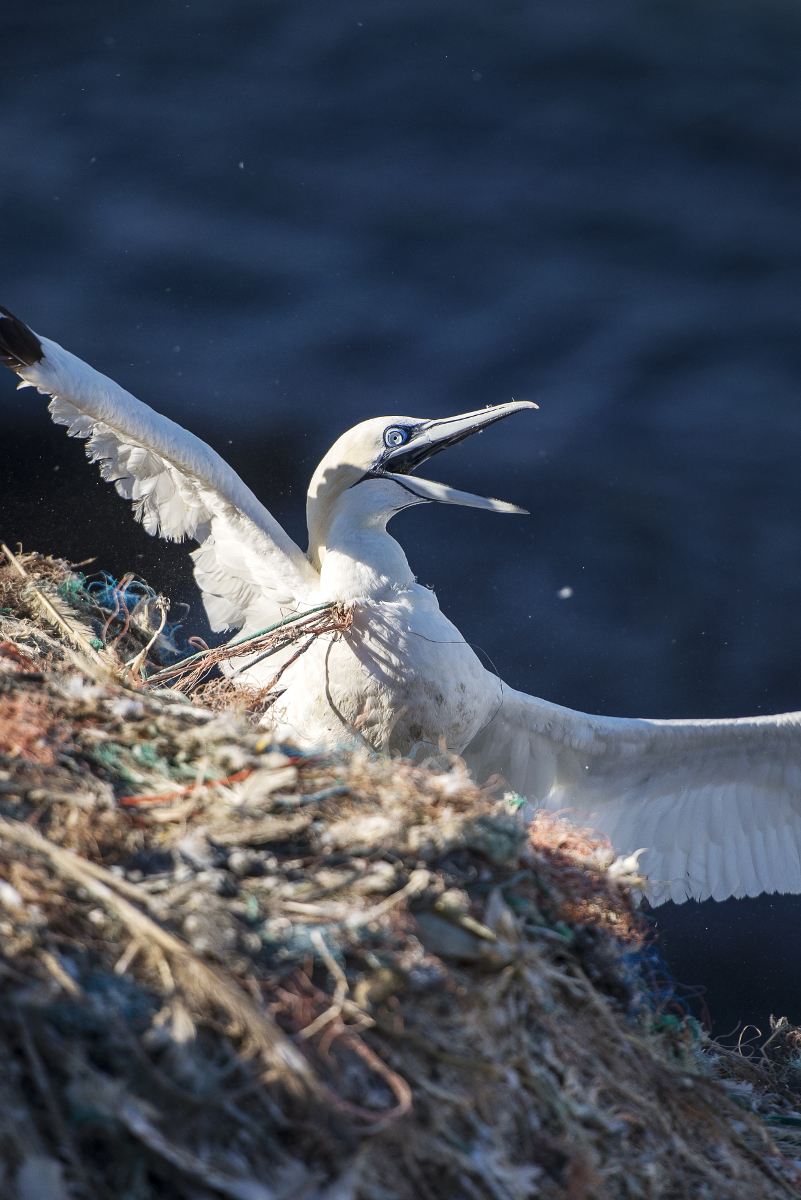News
Animal welfare issues receive varying levels of UK media attention, with some species being more widely reported than others, a new WildCRU study has found
Dr Ruth Feber, Dr Eva Raebel, Dr Sandra Baker and Professor David Macdonald, together with Dr Neil D’Cruze from World Animal Protection, have published the first review of how wild animal welfare is reported in the UK media.
The team searched through more than 23,000 mainstream media articles published between January and December 2014, reporting for the first time on the type and frequency of animal welfare stories. They identified a list of 61 different human activities that can threaten wild animal welfare. Media articles were categorized into different types, for example, whether they involved land or marine species, whether or not they involved an illegal activity and whether or not there was any intention to cause harm.
The findings, published in the scientific journal ‘Bioscience‘, show that wild animal welfare issues such as culling, shooting and hunting were reported most often by media outlets. By contrast, others, such as the effects of marine debris, commercial fishing, and pollution, received significantly less coverage, despite arguably equal or worse impacts on species animal welfare.
“Our study highlights the diverse range of human activities, both legal and illegal, that threaten wild animal welfare both on land and at sea” says Ruth Feber. “Some activities are carried out with a clear intention to harm the target animal, such as culling, gassing and poisoning. Other issues, such as habitat loss and light pollution, may cause harm unintentionally. However, our results suggest that media coverage does not necessarily reflect the severity or importance of the different issues.”
Sandra Baker adds: “It is not obvious what drives these editorial preferences. It is possible, for example, that reporters prefer to highlight illegal issues because they believe the public will be more concerned about issues that are already judged by society to be wrong. However, it is not difficult to see that, despite the clear and present danger that they pose, certain wild animal welfare issues are being under-reported in the media.”
The research suggests that an animal welfare issue is more likely to attract media coverage if it involves either deliberate intention to harm an animal, or breaking a law. The media were also less likely to report on animal welfare issues occurring in the marine environment. Some species featured much more prominently than others in relation to particular welfare issues. For example, of the 715 media articles published during 2014 that concerned the culling of wildlife, more than 82% were related to badgers. In contrast, less than 1% of these media articles related to foxes, moles or rabbits. Celebrity engagement with a specific animal welfare issue was also more likely to attract media attention: Princess Anne’s suggestion in 2014 that gassing was the most humane way to control badgers created a surge of media interest. Almost three-quarters of articles relating to badger gassing either included or mentioned her comment.
“This study shows that our ability to draw much needed public attention to wild animal welfare concerns can be prejudiced by factors such as their legality, whether they involve deliberate harm, or whether they relate to a particular species,” comments Neil D’Cruze. “It is concerning that stories may not be picked up despite their wider importance or the level of suffering they may reflect.” Professor David Macdonald concludes: “While a sadly common adage is that you shouldn’t believe what you read in the papers, believe it or not, what is written in the papers, and reported in the media, really matters. It matters because it informs peoples’ opinions, and those opinions underlie decisions on how society should be. We hope that this important study will highlight and encourage media coverage of wild animal welfare issues that may previously have been overlooked.”
-
 Image copyright Sam Hobson, 2016. Adult northern gannet (morus bassanus) on RSPB Grassholm Island entangled in marine litter, hanging from a cliff edge and struggling with discarded ghost fishing gear tied in knots like a noose around its neck. Marine debris is an example of a threat to wild animal welfare which is infrequently reported: here, the gannet suffers the unintended consequences of human actions.
Image copyright Sam Hobson, 2016. Adult northern gannet (morus bassanus) on RSPB Grassholm Island entangled in marine litter, hanging from a cliff edge and struggling with discarded ghost fishing gear tied in knots like a noose around its neck. Marine debris is an example of a threat to wild animal welfare which is infrequently reported: here, the gannet suffers the unintended consequences of human actions.





